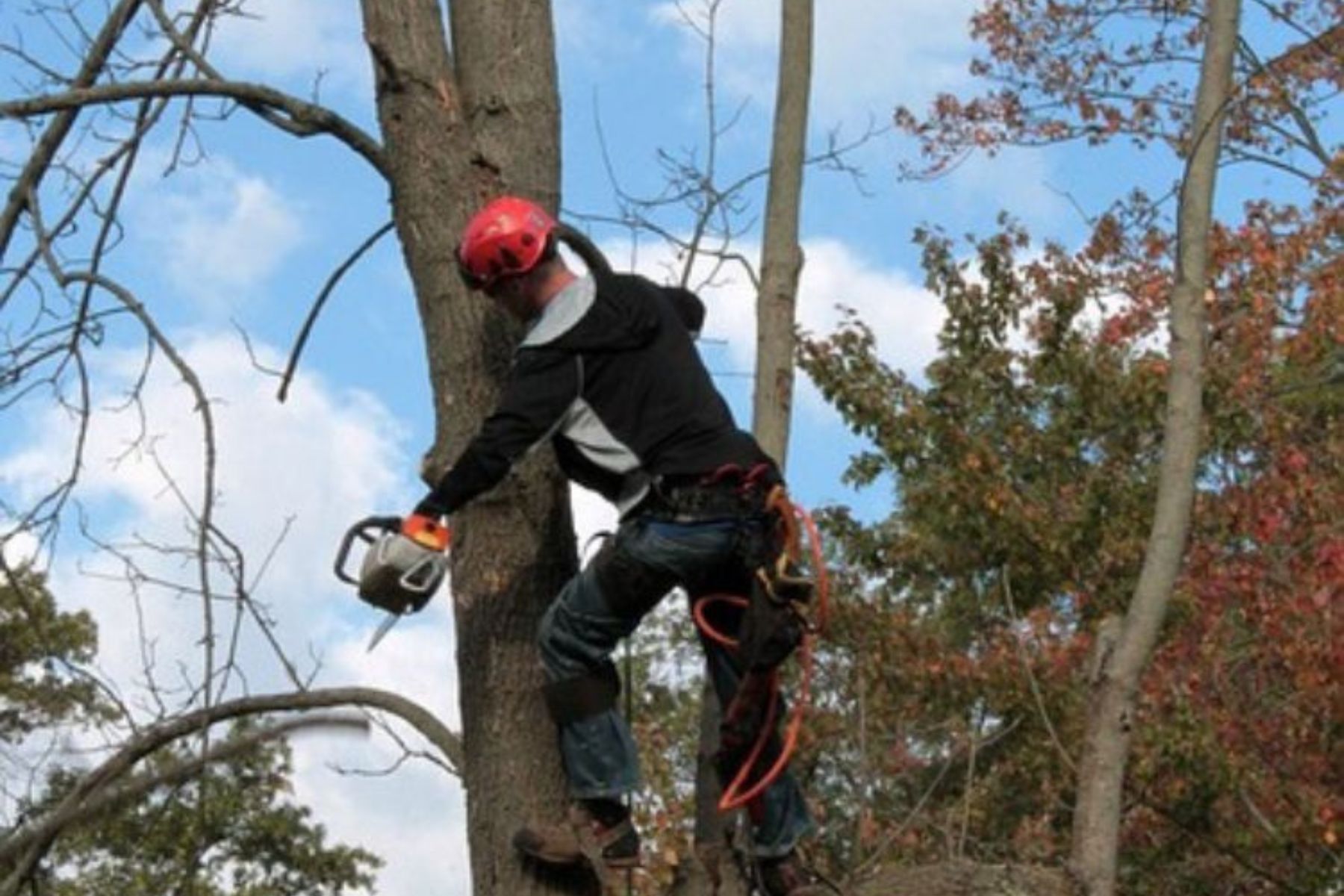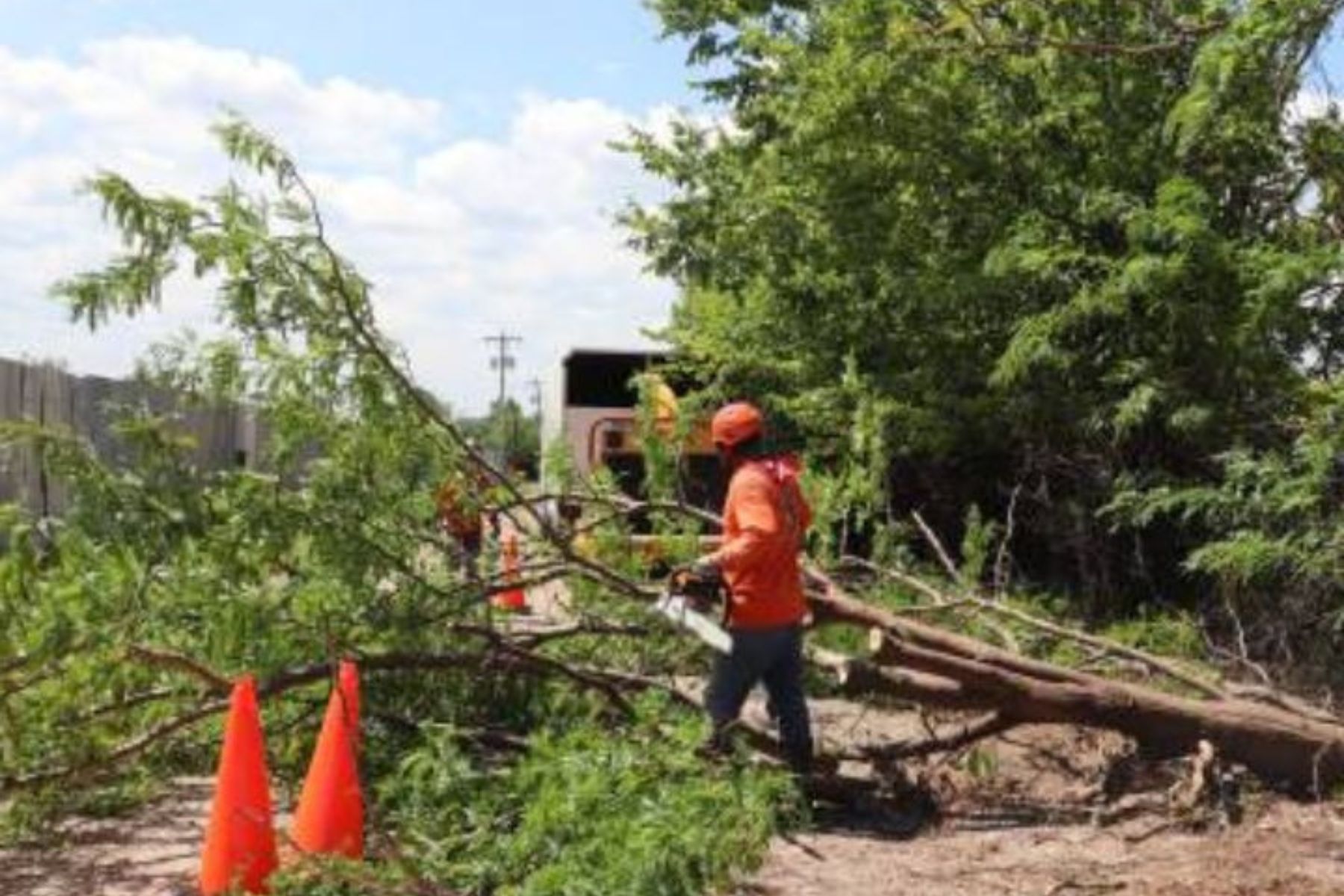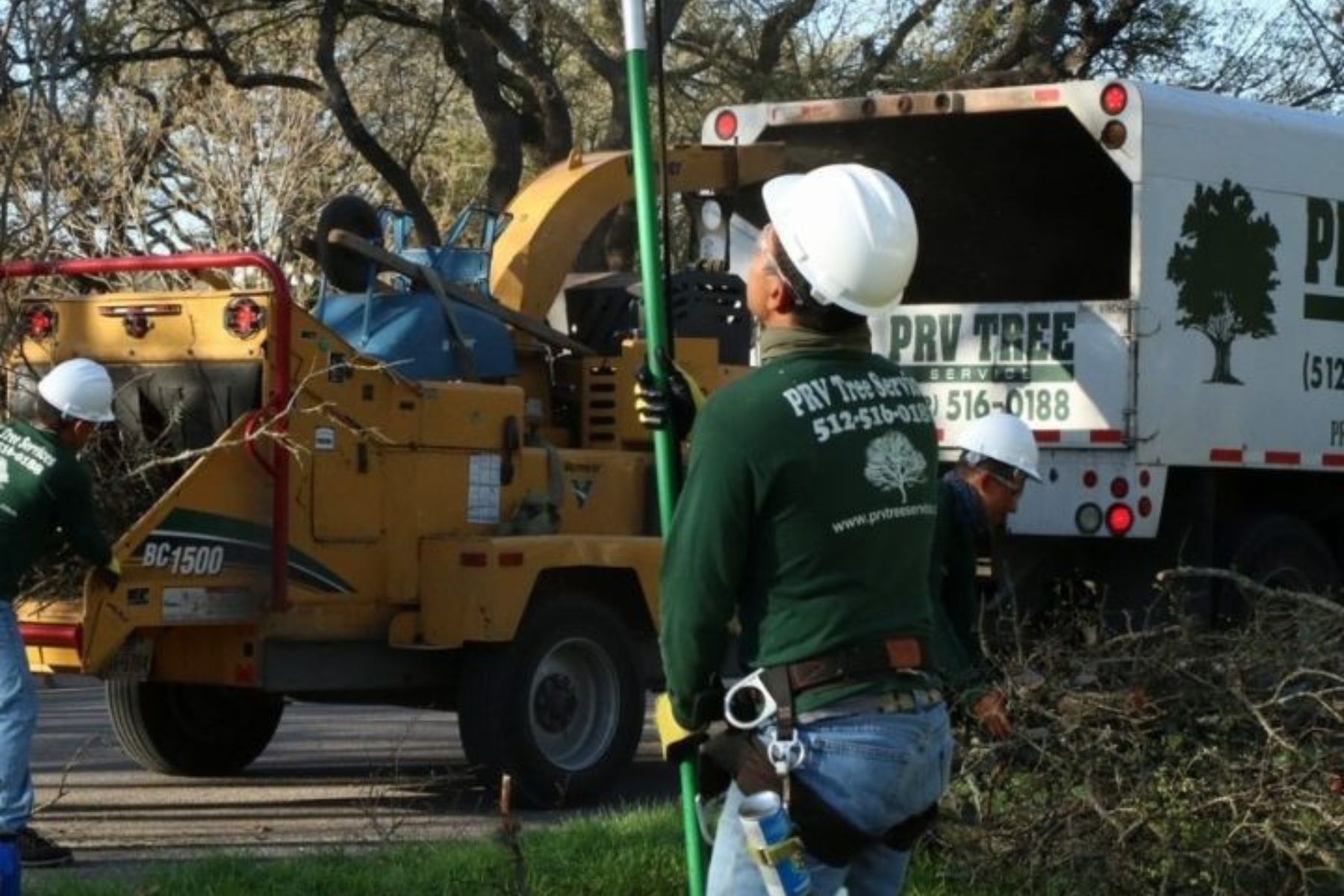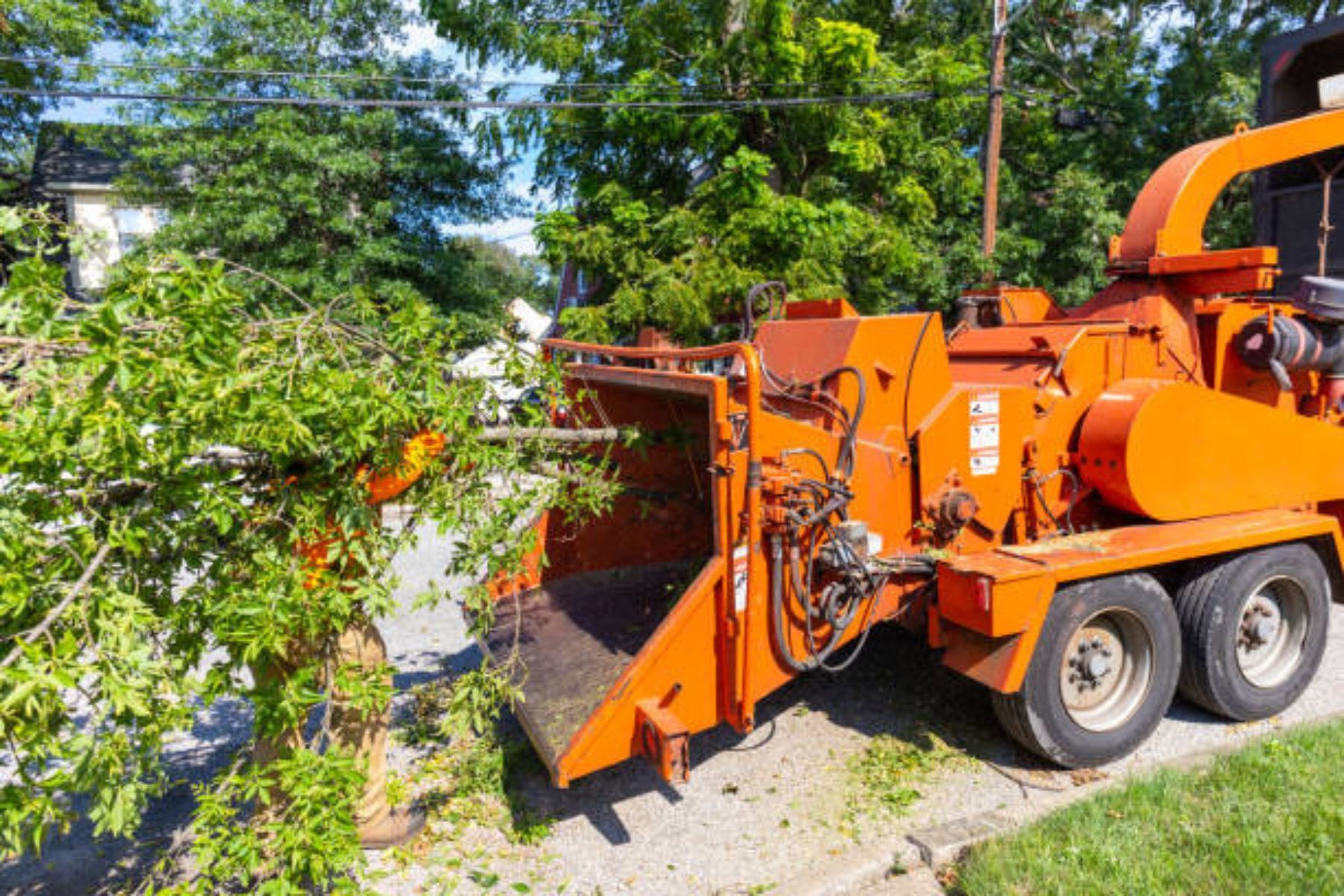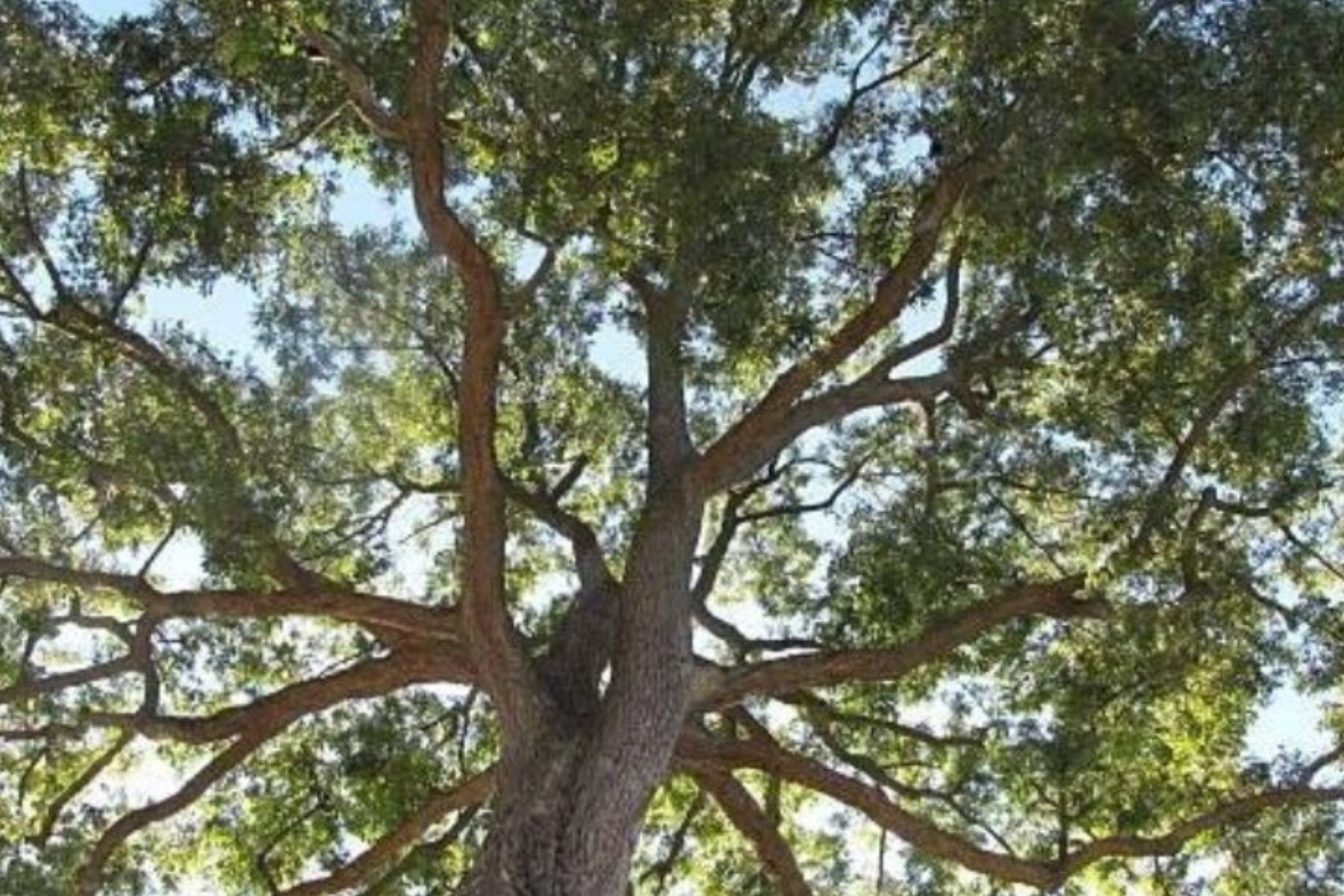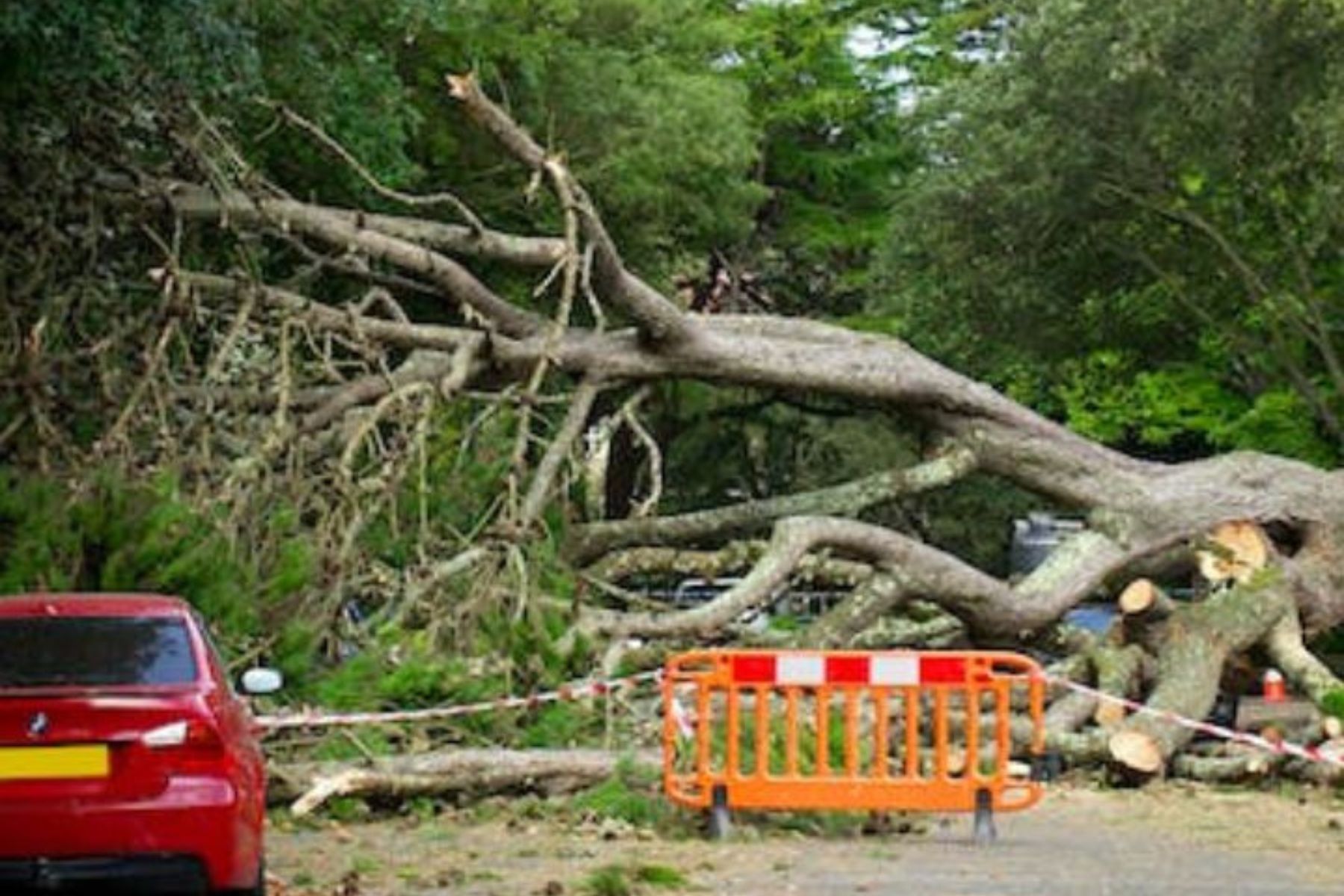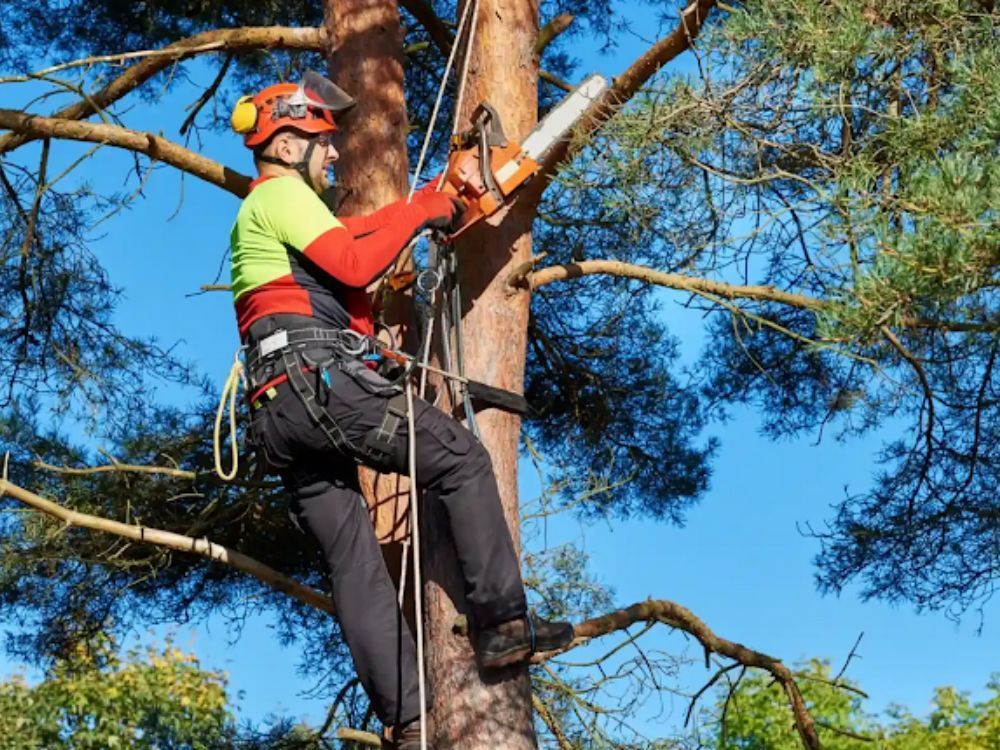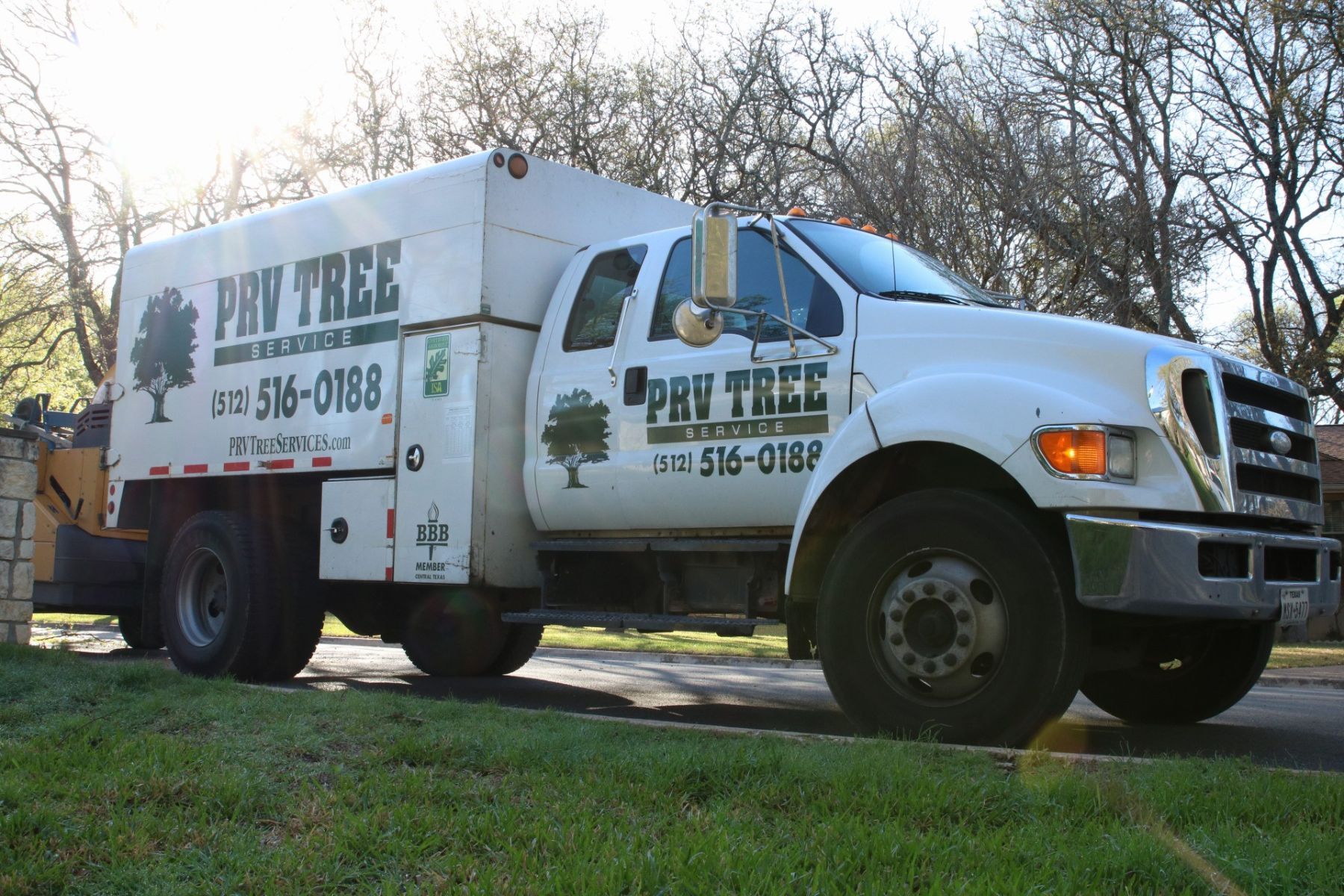Gone for Good: Navigating Stump Removal in Austin
When trees are felled, they leave behind a prominent reminder of their existence — the stump. While the removal of a tree might seem like the end of the arboricultural journey, dealing with the stump presents a whole new set of challenges. In Austin, where the urban landscape is a blend of natural beauty and modern development, the process of stump removal is a crucial aspect of maintaining a harmonious environment. This article explores the intricacies of navigating stump removal austin, delving into the methods available, the environmental impact, and the considerations homeowners must ponder.
Unearthing the Options: Stump Removal Techniques
Removing a tree stump involves more than just aesthetics; it's about reclaiming space and ensuring the health of the surrounding landscape. Austin residents are fortunate to have a range of stump removal techniques at their disposal. Each method comes with its unique set of advantages and considerations.
1. Mechanical Stump Grinding
One of the most common methods employed in Austin for stump removal is mechanical stump grinding. This process involves using a specialized machine equipped with a rotating cutting disc to grind the stump into wood chips. The depth of the grind can vary, depending on the client's requirements and the type of tree removed.
Mechanical stump grinding is lauded for its efficiency. It allows for the removal of stumps of various sizes without causing significant disruption to the surrounding landscape. Moreover, the resulting wood chips can be repurposed as mulch, contributing to sustainable landscaping practices in Austin.
However, it's essential to note that mechanical stump grinding may not be suitable for every situation. The machinery requires access to the stump, and its use can be limited by factors such as the stump's proximity to structures or the presence of underground utilities. Homeowners should consult with professional arborists to determine if mechanical stump grinding is the most appropriate option for their specific scenario.
2. Chemical Stump Removal
For those seeking a less invasive method, chemical stump removal offers a viable alternative. This process involves the use of chemicals to accelerate the natural decomposition of the stump. While it's a slower method compared to mechanical grinding, chemical stump removal has its own set of advantages.
One of the primary benefits of chemical stump removal is its ability to tackle stumps in challenging locations. If a stump is situated in a tight spot where machinery cannot reach, applying chemicals becomes a practical solution. Additionally, chemical stump removal is often more cost-effective than mechanical grinding, making it an attractive option for budget-conscious homeowners.
However, it's crucial to approach chemical stump removal with patience. The process can take several weeks to months, and the decomposition of the stump occurs underground. Homeowners must carefully follow the instructions provided with the chemicals to ensure safe and effective results. Furthermore, environmental considerations come into play, as some chemicals used in this process may have ecological implications.
3. Manual Stump Removal
In situations where space is limited, and the use of heavy machinery is not feasible, manual stump removal becomes a viable choice. This labor-intensive method involves digging around the stump, exposing its roots, and then using tools such as axes and saws to cut and remove the stump piece by piece.
While manual stump removal allows for precise control over the process, it requires a significant amount of physical effort and time. It is typically recommended for small stumps and situations where preserving the surrounding landscape is a top priority.
Austin homeowners opting for manual stump removal should be prepared for the physical demands of the task. Proper safety gear, including gloves and eye protection, is essential. Moreover, consulting with arborists or tree removal professionals can provide valuable insights into the feasibility of manual removal based on the specific characteristics of the stump and its surroundings.
Environmental Considerations: Sustaining Austin's Green Legacy
In a city known for its commitment to environmental sustainability, stump removal goes beyond the aesthetics of a well-maintained landscape. The choices made in the stump removal process can have lasting effects on Austin's ecosystem.
1. Impact of Mechanical Stump Grinding on Soil Health
While mechanical stump grinding is celebrated for its efficiency, it's essential to consider its potential impact on soil health. The grinding process creates wood chips that are often used as mulch, providing an organic cover to the soil. However, excessive use of wood chips in landscaping can alter the soil composition and affect its ability to retain water.
To mitigate potential issues, homeowners and landscapers in Austin should be mindful of the quantity and placement of wood chips generated through stump grinding. Proper integration of wood chips into the soil can enhance its fertility and structure, but overuse may lead to unintended consequences.
2. Ecological Implications of Chemical Stump Removal
Chemical stump removal, while less disruptive on the surface, raises environmental considerations. The chemicals used in the process may have long-term effects on the soil and surrounding vegetation. It's crucial for homeowners to choose environmentally friendly products and follow recommended application guidelines.
Additionally, in Austin's environmentally conscious community, there is a growing interest in exploring organic alternatives for chemical stump removal. Research and development in this area aim to provide effective solutions while minimizing the ecological footprint.
3. Balancing Manual Stump Removal with Biodiversity
Manual stump removal, although labor-intensive, offers a more controlled approach to stump removal. However, it's crucial to strike a balance that preserves biodiversity. The disturbance caused by manual removal can impact the microorganisms and insects living in and around the stump.
Homeowners and arborists should consider strategies to minimize the ecological impact of manual stump removal. This may include preserving the surrounding vegetation, reusing extracted materials in landscaping, and promoting regrowth to restore the ecological balance.
Homeowner's Guide: Making Informed Decisions
Navigating stump removal in Austin involves more than just choosing a method; it requires informed decision-making that aligns with the city's ethos of environmental responsibility. Here's a guide for homeowners to make the right choices when faced with the task of stump removal:
1. Assess the Landscape
Before deciding on a stump removal method, conduct a thorough assessment of the landscape. Consider the size and location of the stump, proximity to structures, and the presence of underground utilities. This evaluation will help determine the most suitable method for the specific scenario.
2. Consider Environmental Impact
Austin's commitment to sustainability should guide the decision-making process. Whether opting for mechanical grinding, chemical removal, or manual extraction, homeowners should consider the ecological implications of each method. Choose environmentally friendly options and explore organic alternatives to minimize the impact on the local ecosystem.
3. Consult with Arborists
When in doubt, seek professional advice. Consulting with arborists or tree removal professionals in Austin can provide valuable insights into the best course of action for stump removal. These experts can assess the specific conditions of the landscape, recommend appropriate methods, and ensure that the process aligns with local regulations.
Conclusion
Gone for good, but not forgotten — the remnants of felled trees in Austin demand careful consideration. Navigating stump removal in this vibrant city involves weighing the options, understanding the environmental impact, and making informed decisions that align with Austin's commitment to sustainability. Whether it's the efficiency of mechanical stump grinding, the patience of chemical removal, or the precision of manual extraction, each method plays a role in shaping Austin's urban landscape while preserving its green legacy. Homeowners, armed with knowledge and guided by environmental responsibility, can ensure that when a tree is gone, it's truly gone for good.
